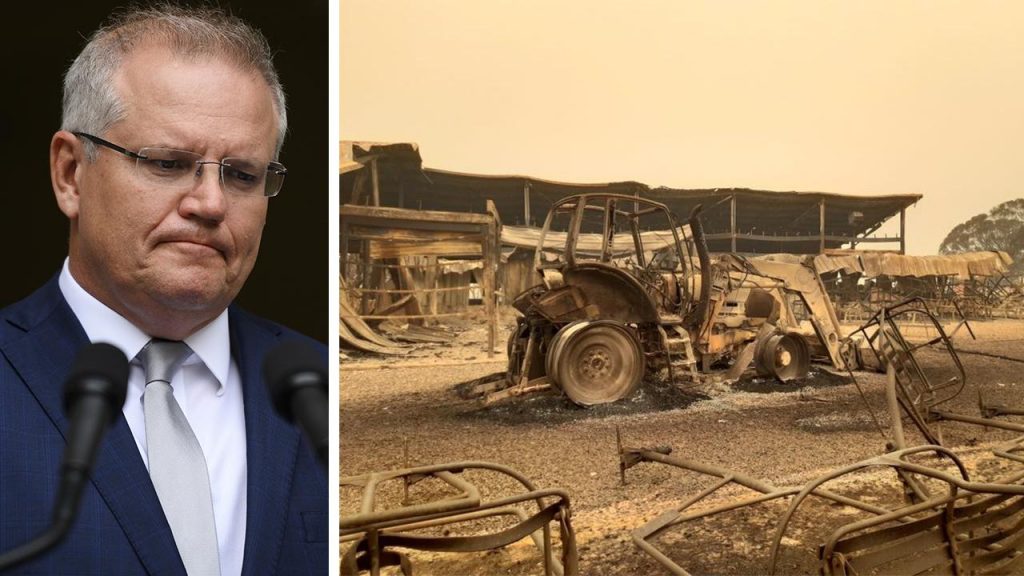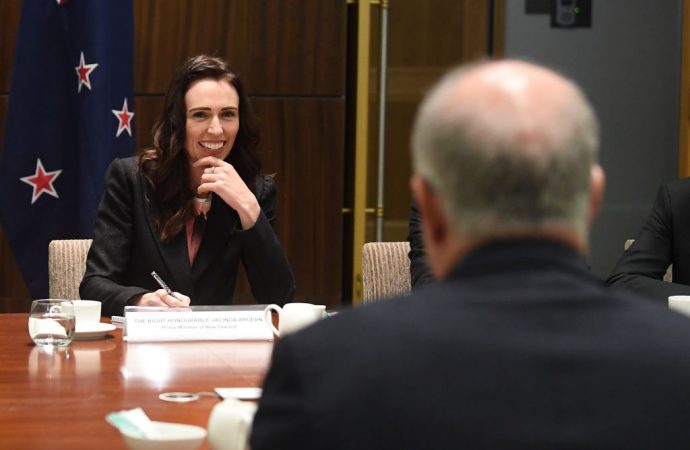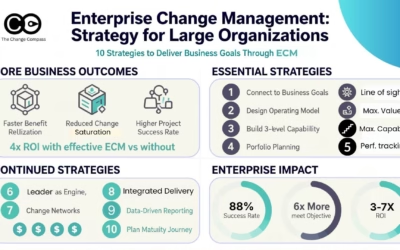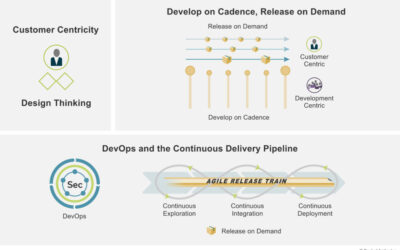Australia and New Zealand are like 2 brothers. One big brother, Australia,
and the smaller brother New Zealand. We are culturally similar and speak
with almost the same accent (almost but not quite the same). Both
countries have experienced recent tragedies and challenges. However,
there are 2 very different prime ministers. Let’s explore what we can learn from
these two leaders within significant change events.
New Zealand
On 15 March in Christchurch New Zealand, there was a mass shooting at 2
mosques resulting in 51 killed and 49 injured. This has cut through the
psyche of New Zealand quite deeply as it was the first time the country had
experienced mass shooting at this scale. Being a small country with a
relatively liberal and tolerant culture this came a shock for most.
Jacinda Arden, the Prime Minister of New Zealand, reacted swiftly. Within
a few hours of the event she addressed the terrorist directly
demonstrating strength and determination. She quickly flew into
Christchurch to visit survivors and their relatives. Dressed in black head
scarf, she visited mosques and asked how she could support the mosques
and the victims. Within a few days of the event she also called out
blatantly the responsibility of social media platforms in hosting hate
messages which was the case for this incident as the attacker posted
Facebook messages prior to the attack.
She then made sweeping changes to gun laws in New Zealand banning all
assault rifles and military-style semi-automatics. This happened within a
few days of the event and though some may argue that this is much easier
to achieve in New Zealand than the US but the point is that she acted
swiftly and had even convinced the conservative opposition party to enact
on this law.
4 key lessons we can learn from her example as a change leader include:
1. Displaying agile leadership. She proactively faced into a catastrophic
situation and worked with others to address the situation head-on.
She made fast and clear decisions to resolve and contain the
situation.
2. Authenticity. She spent time with those affected by the tragedy and
showed empathy and care. This wasn’t about the photo
opportunity as it was more about spending time to listen and show
care for those impacted by change. She didn’t try to be someone
she is not. Instead of the antagonistic and hostile speeches that one
might expect from leaders like Trump, her words were empathic,
strong and unwavering.
3. Displaying emotional connection . She also placed herself in the
shoes of those affected by the tragedy with her cultural sensitivity
and emotional connection to those impacted. The grieving was not
only felt by those involved in the tragedy, the whole nation was
grieving. Her visibility was critical to speak for the nation but also to
acknowledge everyone’s emotional state and concerns. The critical
word here is ‘visibility’. Felt emotional connection wont garner
groups of people if they are not displayed.
4. Collaborating with others to drive change. A series of changes
ensued not just gun law changes, but also driving security, and
social media regulation changes. In an interview she used the words
“duty of care as a leader” to safeguard her people and address their
concerns. She is not just speaking for herself, but also for other
leaders, including business leaders, to step up and take action. She
also influenced various world leaders on the same agenda to rally
support.
Australia
Right now in Australia, at the time of writing, we are still in the middle of a
catastrophic set of fires raging across most states of Australia. More than
1300 homes have been burnt down and 18 people have died so far. In
Sydney, we have had more than 2 months of smoke haze in our air
resulting from bushfires, and sometimes the air quality can be 11 times
more than ‘hazardous’ level. This is absolutely the worst I have ever
experienced in Australia. This morning, I received the message that at the
southern highlands where I spend Christmas, the area is surrounded by
bushfires and residents have all been evacuated.

Let’s have a look at how our Prime Minister has lead the country during
this period of environmental change. Unlike the leadership we’ve seen
from Jacinda Ardern, Scott Morrison our Prime Minister flew out with his
family to Hawaii to spend holidays by the water. Whilst the country is
burning and people are suffering, even under intense criticism, our prime
minister was absent and away. When prompted to address serious
climate change issues, he responded by saying that it was not the time to
talk about climate change.
Eventually after continued public pressures, after Scott Morrison came
back from holidays he proceeded to visit some of the towns completely
destroyed by bushfires. Many of the victims refused to shake his hand. In
the business world we have also seen this type of reaction from those
who felt they have been deserted and have not received any leadership
support. There have even been incidents where the victims have asked
Scott questions and he had ignored them and moved away, then later on
quoting how he had promised help for them.
Whilst fires continue to burn through our states, the Prime Minister’s
party released a party propaganda social media tweet proclaiming the
party’s prowess in helping Australians through supporting firefighters,
listing the financial assistance offered as a part of the package. An
Australian TV panellist said this was like “being ‘sold to’ at a funeral”. It
was completely inappropriate and badly timed.
In terms of the same change leadership lessons we had captured from
Jacinda Ardern, what can we also learn from Scott Morrison’s change
leadership example?
1. Displaying agile leadership. Lack of action and decision at the
commencement of the change is almost unforgivable. It is very hard
to salvage from the lack of leadership support when at this pivotal
moment when there is no leadership action or response.
2. Authenticity. Unfortunately, authenticity by definition cannot be
faked nor acted. People see through the actions and inactions of a
leader. There is no amount of corporate communications packaging
nor word-smithing that can change how others experience through
change leadership, or the lack of. Being open and transparent
remains the best approach for any change leader.
3. Displaying emotional connection. It is difficult to fake emotional
reaction. Through overall body language as well as tonal cues
people can easily pick up on a leader’s ability to connect
emotionally. When people are in distress and in suffering, the best
approach is to simply listen and show that you have heard them.
Ideally, you are also able to address at least some of their core
concerns. But the critical must-have remains how a leaders
displayed active listening and showing that he or she cares.
4. Collaborating with others to drive change. What Australia needs is
global leadership to drive climate change and to work with various
agencies and leaders, the same way that Jacinda Ardern has been
doing with New Zealand‘s agenda. Several countries have proactive
offered support in fighting bushfires even without Scott Morrison
reaching out to tap on others.
Change is all around us, not just in the organizations that we work in.
In the same way, change leaders are also all around us.
Leading change is an absolutely critical skill to master and will well into the future.






